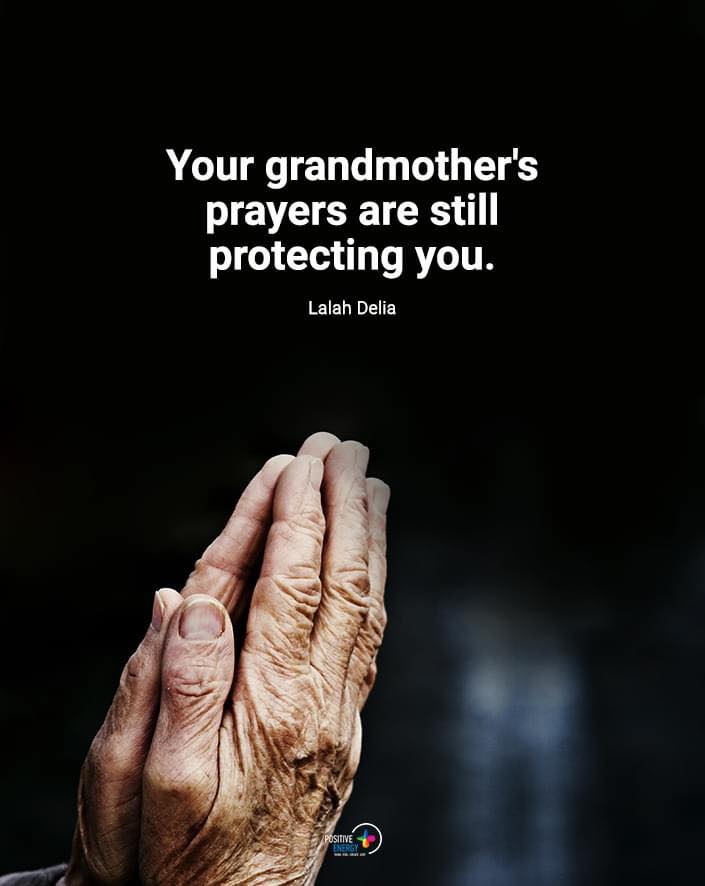In a groundbreaking discovery, Australian researchers from The Children’s Hospital at Westmead found a biomarker of Sudden Infant Death Syndrome (SIDS). The scientists observed significantly lower levels of the enzyme Butyrylcholinesterase (BChE) in babies who later died of the syndrome. Their findings could reduce sudden, unexplained infant deaths in the future.
Researchers believe a deficiency in BChE may indicate an arousal deficit since the enzyme helps activate the brain’s arousal pathway. Insufficient enzyme levels can increase an infant’s susceptibility to SIDS by reducing responsiveness.
Dr. Carmel Harrington, Honorary Research Fellow at Children’s Hospital at Westmead, led the trailblazing study. After losing her son Damien to SIDS 29 years ago, she desperately wanted to find a cure for the heart-wrenching condition.
So, she left her job as a lawyer and dedicated herself to SIDS research. She says the latest findings provide hope for the future along with answers for the past.
The team published their research in The Lancet’s journal, eBioMedicine.
How Common is Sudden Infant Death Syndrome?

“An apparently healthy baby going to sleep and not waking up is every parent’s nightmare, and until now, there was absolutely no way of knowing which infant would succumb. But that’s not the case anymore,” Dr. Harrington said in an interview with The Sydney Children’s Hospitals Network.
“Babies have a very powerful mechanism to let us know when they are not happy. Usually, if a baby is confronted with a life-threatening situation, such as difficulty breathing during sleep because they are on their tummies, they will arouse and cry out. What this research shows is that some babies don’t have this same robust arousal response,” she said.
SIDS, or “cot death,” refers to the sudden, unexplained death of an otherwise healthy baby less than a year old. The CDC estimates that around 3,400 cases of SIDS and other unexpected infant deaths occur yearly in the US.
Luckily, rates of SIDS have dramatically decreased since the 1990s due to heightened awareness and knowledge of the condition. However, some racial and ethnic groups, such as Native Americans, African Americans, and Alaska Natives, still experience higher instances of SIDS.
What Causes SIDS?
Scientists still don’t know the exact cause of SIDS, but they believe certain factors increase a baby’s vulnerability. Infants with brain defects or genetic mutations that impact breathing and organ health may have a higher risk. Also, premature babies could have a higher likelihood of developing SIDS. These genetic vulnerabilities may threaten the baby’s survival and environmental factors such as exposure to secondhand smoke and sleeping positions.
Study Finds Biomarker of Sudden Infant Death Syndrome (SIDS)
The researchers analyzed BChE levels in 722 Dried Blood Spots (DBS) obtained at birth. The BChE samples came from the Newborn Screening Program and included both SIDS-related deaths and infant deaths from other causes. They compared these measurements to those of 10 surviving infants who had the same gender and birthday.
The study found babies who later died of SIDS had significantly lower BChE levels than other infant deaths and surviving babies. After identifying the risk factor for SIDS, the team hopes to introduce the BChE biomarker into the newborn screening process. This way, parents and doctors will know whether babies have a higher risk of SIDS.
Next, they will work on uncovering treatments to address the enzyme deficiency and potentially reduce SIDS cases. They estimate the research will take five years to finish.
“This discovery has opened up the possibility for intervention and finally gives answers to parents who have lost their children so tragically. These families can now live with the knowledge that this was not their fault,” Dr. Harrington said.
She added that the finding “changes the narrative around SIDS and is the start of a very exciting journey ahead. We are going to be able to work with babies while they are living and make sure they keep living.”
The research provides hope for the future, but parents should continue following safe sleeping practices to prevent SIDS.
Six Tips From the American Academy of Pediatrics to Protect Infants
- Place babies on their backs to sleep in their crib or sleep area. Parents should not sleep with infants to avoid the risk of rolling over on them at night. However, parents should keep the crib close to the bed in their room to monitor the baby.
- Use a crib or portable play area with secure siding and a firm, flat mattress. The AAP also recommends parents buy fitted sheets and pillow shams to give babies enough breathing room.
- Parents should remove loose blankets, pillows, toys, and other items from the crib at night. The AAP advises that parents wrap infants in a wearable blanket to reduce suffocation risks. Babies should never fall asleep on a couch, armchair, or car safety seat (except while riding in the car).
Breastfeed if possible since this increases the baby’s immune system, reducing the risk of viral infections. Infections can increase SIDS risk. Also, breastfed babies wake up more often during the night, which can help prevent SIDS. - Avoid smoking while pregnant or breastfeeding, as it increases SIDS risk by reducing oxygen availability.
- Offer babies a pacifier during naps and at night, lowering the risk of SIDS.
- Avoid head coverings or keeping the room too hot while babies sleep. Experts say babies sleep most comfortably at temperatures between 68 and 72 degrees F.

Final Thoughts on Study Showing Biomarker of Sudden Infant Death Syndrome
In a stunning breakthrough, scientists from The Children’s Hospital at Westmead in Australia have discovered a biomarker of SIDS. They found that babies with low levels of an enzyme called Butyrylcholinesterase (BChE) may have a higher risk. A deficiency in this enzyme could indicate difficulty arousing from sleep, which increases vulnerability to SIDS. While the research doesn’t reveal a cause of SIDS, the team hopes screening babies for the biomarker may prevent it. In the future, perhaps a treatment for the devastating syndrome will be developed to keep babies safe.
For now, experts recommend parents follow safe sleeping practices for babies. These include keeping babies in a crib on their backs and removing potential hazards from the sleeping area.
The post Researchers Find Biomarker of Sudden Infant Death Syndrome appeared first on Power of Positivity: Positive Thinking & Attitude.



